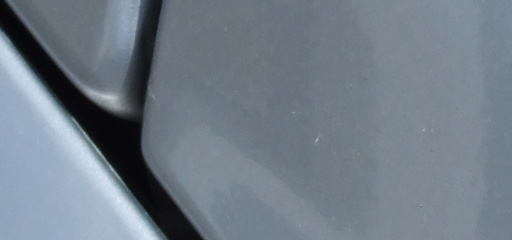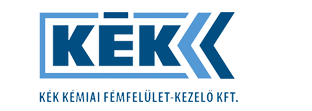Contact
Kék Kémiai
Fémfelület-kezelő Kft.
3950 Sárospatak, Dorkói út 1.
| Phone: | +36 47/312-507 |
| Fax: | +36 47/511-019 |
| Email: | info@kekkemiaikft.hu iroda@kekkemiaikft.hu uzem@kekkemiaikft.hu |
Tamás Kék
executive DirectorPhone: +36 20/9547-018
Powder painting
(involving: electrostatic powder painting,
powder-spraying, powder-varnishing, agglomeration and static powder
painting)
Surface Treatments
Electrostatic powder painting and powder-spraying (or the process wrongly known as ‘agglomeration’) are technologies, by which the surface of the object will be given a uniform, thin plastic coating. The plastic coating of metal parts with polyester or epoxy-polyester powder paint ensures good corrosion protection and good aesthetic appearance for those surface-treated parts. During the process the powder particles become electrostatically charged in the electrostatic space and then adhere uniformly onto the metal surface.

Advantages of powder coating
In the case of metal surfaces this process is better than solvent painting because due to its plastic basis, the coating will live longer, it will be more corrosion resistant, it involves environmentally friendly technology of a high level and the coated items can be delivered immediately after cooling.
Available coatings
Application can be of matt, silk glaze and bright shades, out- and indoor paints, structure and hammer varnish type coatings. The complete RAL colour range is available to view from our material supplier.





For the preparation of the coating we use equipment type Gema.

Pre-treatment:
The following pre-treatments are available: iron, zinc, zirconium phosphate or nanoceramic coating. Alodine pre-treatments can be used for aluminium items. Our technologies work with Henkel and Metalchem chemicals, which are applied to the surface using dipping procedures (see above).



Other possibilities
- Zinc chromate powder primary painting:
This is recommended mainly for items destined for outdoor locations, such as fences, scaffolding structures and work-pieces exposed to higher stress. The topcoat shall be applied after the primary paint. For forged iron fences, hot-dip galvanizing is recommended, so primary paint is not necessary. - Application of special varnish and metal powder
paints:
This method is recommended for aesthetic metal surfaces exposed to high outdoor stress. It also involves final coats of different layer combinations; this increases the aesthetics and the resistance to potential corrosion of the final product.
Useful dimensions
- length: 4000 mm
- width: 1500 mm
- height: 1800 mm
